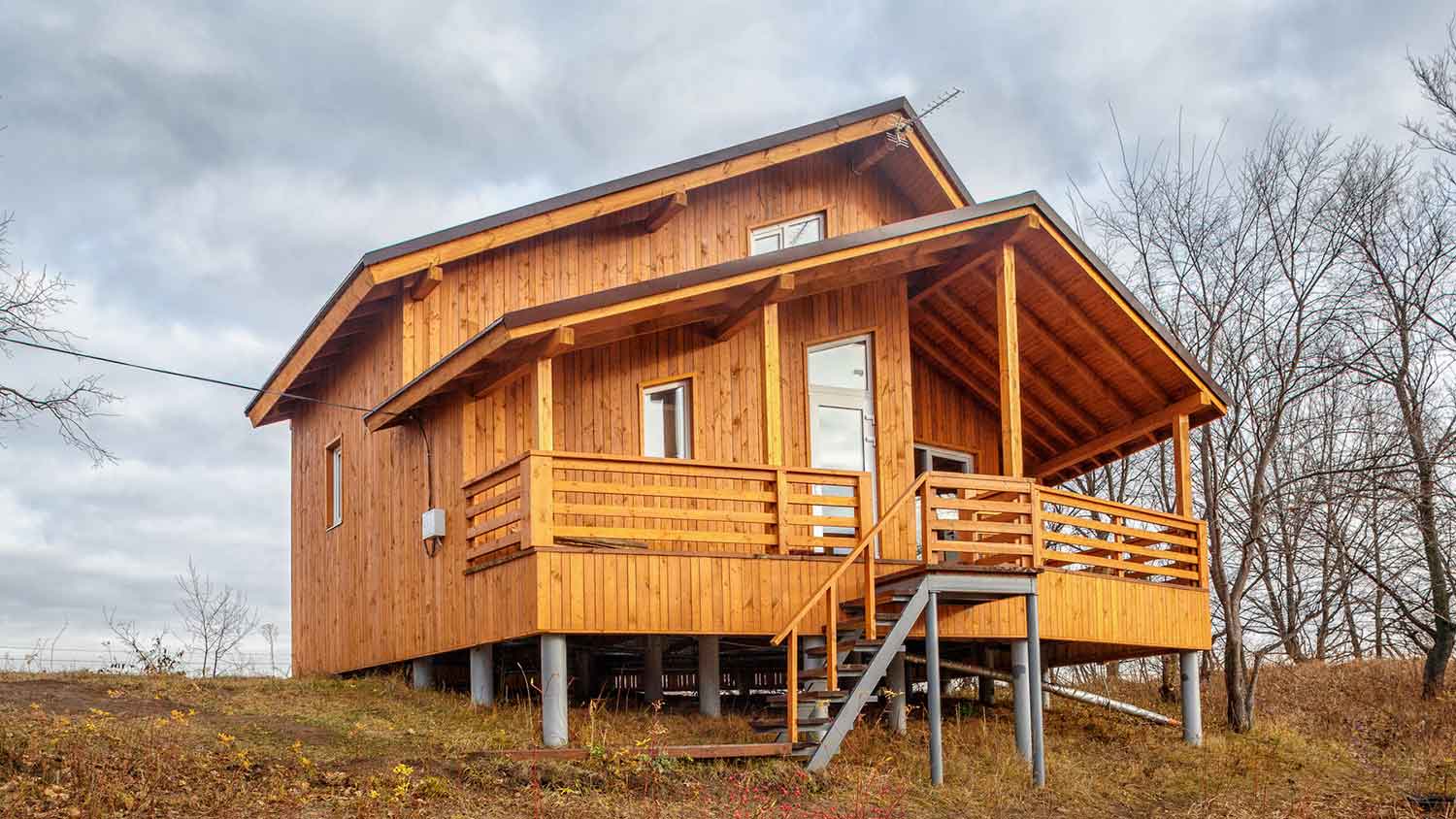Do Foundation Vents Really Work?
Foundation vents are designed to keep your home dry but may actually draw in mold- and mildew-inducing moist air


It seems like a simple but elegant solution to excessive moisture buildup in a house: open up vents in the crawl spaces in a home’s foundation during warm summer months so that air can circulate freely and keep everything dry then close them for the winter.
But this may not be an effective way to keep your home free of moisture. While installing foundation vents in homes has been the traditional way of building houses for a long time now, the Office of Energy Efficiency and Renewable Energy recommends that basements and crawlspaces be insulated, sealed, and conditioned.
This guide discusses what foundation vents are and whether they’re a good choice for your home.
What Are Foundation Vents?
A foundation vent, also known as a crawl-space vent, is an opening in a building that allows outside air to circulate under the floor. The idea is that you keep them open in the summer to prevent moisture from building up during humid days, which can lead to mold and mildew. Then, the vents are closed in the winter when the air is dry.
How Do Foundation Vents Work?
Warm air within the home rises, which causes the vents to draw in air from outside the house. As moisture builds up in the foundation, the air pulled from outside on warm days keeps the humidity at bay and, as a result, keeps everything dry.
How Much Do Foundation Vents Cost to Install?
Crawl space vents are relatively inexpensive to install—around $15 to $150—when compared to the cost of installing a crawl space encapsulation system, which seals your crawl spaces to prevent moisture from seeping in and ranges from $1,500 to $15,000 with an average cost of $5,500.
Do Foundation Vents Cause More Harm Than Good?
Foundation vents were popularized when conventional thinking was that crawl space vents were necessary to prevent moisture buildup. However, today the U.S. Department of Energy recommends that builders seal crawl spaces and partially condition the area to avoid moisture build-up. They surmise that as moist outside air contacts the air-conditioned interior of the house, the moisture condenses and soaks the crawl space.
On the other hand, the Office of Energy Efficiency and Renewable Energy offers some exceptions, such as homes located in 100-year flood plains, marine climates, or arid climates.
Concerned About Moisture Buildup in Your Home? Hire a Contractor
Moisture buildup in your home’s foundation is a serious concern. It can lead to mold and mildew growth, which are dangerous to your family’s health. It may even cause structural problems for your home. As a result, it’s essential to have a professional examine your home’s foundation.
Find a crawl space encapsulation professional near you to inspect your home and provide you with recommendations on the best way forward.





- Should Crawl Space Vents Be Open or Closed?
- What Is a Crawl Space Foundation and Is It Right for Your Home?
- How to Keep Your Crawl Space Dry: 8 Tips to Prevent Moisture
- 11 Warning Signs of Foundation Issues
- 11 Common Myths About Attic Ventilation
- 10 Reasons You Really Shouldn't Delay Foundation Repairs
- How Soffit Vents Work to Keep Your Home Dry
- What a Foundation Inspection Is and How to Check Yours
- How to Open and Close Ceiling Air Vents
- Your Guide to Dealing With Foundation Drain Issues










